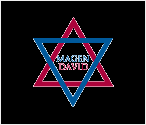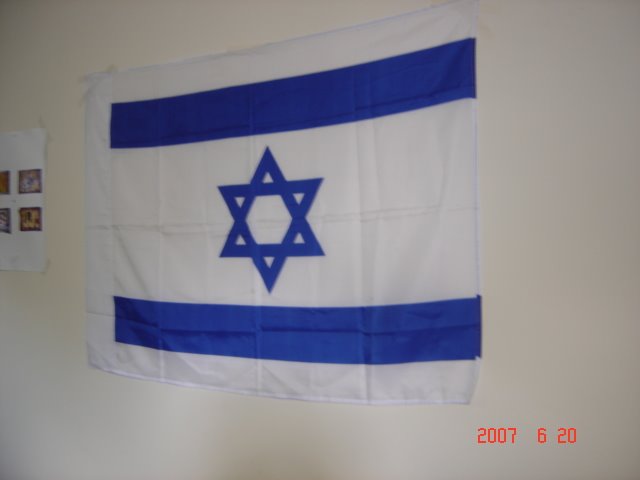
Note: The Shabbos Torah Reading is divided into 7 sections. Each section is called an Aliya [literally: Go up] since for each Aliya, one person "goes up" to make a bracha [blessing] on the Torah Reading.
4th & 5th Aliyot: Moshe instructs Aharon and his sons to continue the service of the Mizbeach's consecration. The first recorded difference in Halachik rulings is recorded between Moshe and Aharon as it pertained to the eating of the Rosh Chodesh offering. (Note 16-20, Stone EditionArtScroll pg. 595)
6th Aliya: The basic laws of Kosher and non-Kosher animals, fish, and fowl are recorded. Note that verses 11:4-7 is one of the established proofs for the divine authorship of the Torah.7th Aliya: The basic laws of purity and impurity are recorded. It is important to clarify that the Torah does not associate "Tummah" impurity and "Taharah" purity with good and bad. The entire process involves the concept of life and death and the symbolic emphasis that the Torah placeson serving G-d with optimism and vigor. So long as there is life there is the opportunity to grow in our relationship with G-d.
The question of "Why are we commanded to keep Kosher?" is answered in 11:44-47. The Torah clearly states that the reason to keep Kosher is to emulate G-d's sanctity. Sanctity "Kedusha" means being set apart and different. Just as G-d is apart from all things and divine in every way, so too are we to be set apart from all other nations and be different in the manner of our eating.
This week's Haftorah takes place in 2892 869 b.c.e. Dovid had captured the City of Dovid from the Yevussi and wished to bring the Aron Hakodesh (Holy Ark) to what would become Yerushalayim. With great fanfare and celebration Dovid was bringing the Aron when Uzah ben Avinadav disgraced the Aron and died.
Reminiscent of the deaths of Nadav and Avihu at the consecration of the Mizbeach, the death of Uzah dampened the celebration and the Aron remained in the home of Oved for three months. When Dovid was informed of the tremendous blessings that had graced the home of Oved during those three months Dovid decided that it was appropriate to bring the Aron to Jerusalem.
Dovid, despite Michal's objection (daughter of Saul and Dovid's wife), danced and celebrated before the Aron without restraint or inhibition while bringing the Aron into the City of Dovid.Dovid asked permission from the prophet Nassan to build the Bais Hamikdash. Nassan told him that it was G-d's will that his son Shlomo (Solomon) not Dovid build the Bais Hamikdash. Dovid accepted G-d's decree but spent the remainder of his life preparing the materials and the means for his son to be able to build the Bais Hamikdash.




